Civil Rights Movement in USA
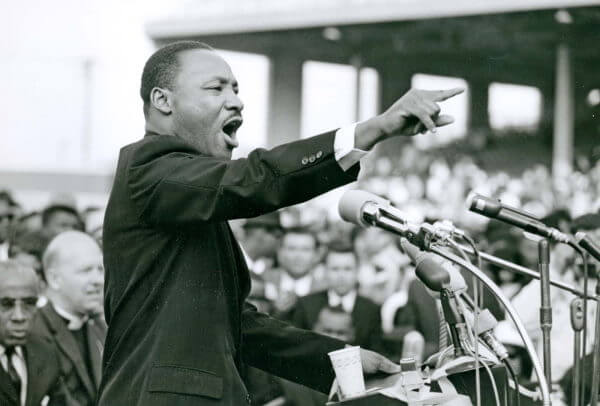
The efforts to improve the quality of life of the African Americans in the United States were as old as the country itself. Abolitionist movements were already working by the onset of the American Revolution, in the eighteenth century, to eliminate slavery and racial injustice with the members of the African American community. During the American Revolution, Emancipation Proclamation was issued by President Abraham Lincoln, on January 1, 1863, which allowed Black Americans to participate in the army of the United States for the first time. The Thirteenth Amendment to the US Constitution officially outlawed slavery and this went into effect in 1865.
The American Civil War though had ended slavery officially but didn’t end discrimination against Black people. By the mid-20th century, Black Americans had had enough of injustice and atrocities against them. They, along with many white Americans, mobilised and began an unprecedented fight for equality that spanned for two decades.
Contents
Jim Crow Laws
After the Civil War, during the period known as Reconstruction, the passage of the Fourteenth and Fifteenth Amendments established a legal foundation for the political equality of African Americans. The Black people took leadership roles and held public office and sought legislative changes for equality and the right to vote. To make matters worse, a few states even passed laws that would limit voting rights for Black Americans.
In the late 19th century, Jim Crow laws were established, in the South, to marginalise the Black people and keep them separated from the whites. Black people couldn’t use the same public facilities as white people, live in the same town, go to the same schools as them. Interracial marriages were made illegal, and most of the blacks couldn’t get voting rights because they were not able to pass the voter literacy tests.
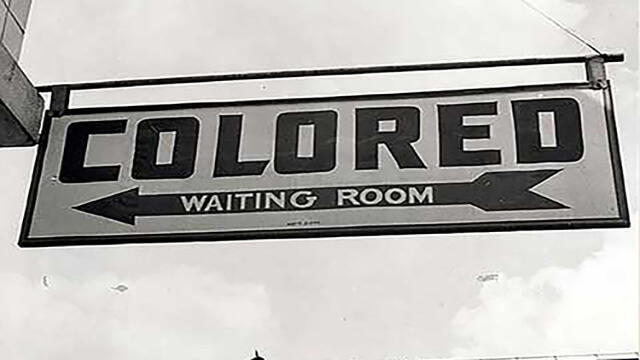
Jim Crow laws weren’t adopted in the Northern states, however, black people still experienced discrimination at most of the places.
World War II
The twentieth-century Civil Rights Movement emerged as a response to the unfulfilled promises of freedom and equality, partly as a result of the experiences of Black soldiers in the Second World War. African Americans fought in a separate military while being exposed to the US propaganda emphasising liberty, justice, and equality. After fighting in the name of democracy in other countries around the world, many Black soldiers returned to the US determined to achieve the equal rights that they deserved.
The Civil Rights Movement involved many different approaches, including nonviolent civil disobedience, legal support, and militancy.
Rosa Parks
On December 1, 1955, 42-year-old Rosa Parks found a seat on a bus in Montgomery, Alabama, while returning back from work. The Segregation laws at that time designated different seats for the blacks and white in public transport. Rosa complied to them, and took a seat at the back of the bus. When a white passenger boarded the bus and couldn’t find a seat in the white section, the bus driver asked Rosa and three other black passengers to give up their seats. Parks refused and was arrested.
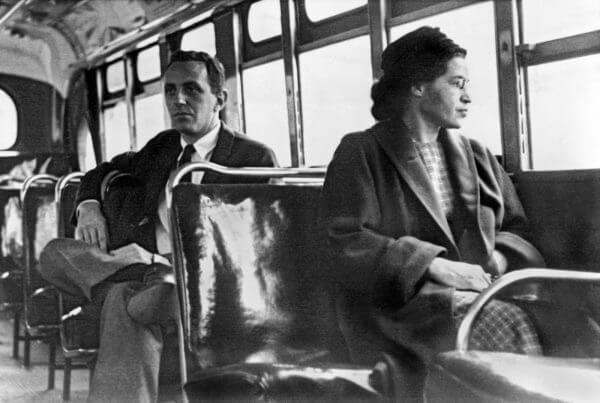
As the news of her spread, it ignited anger amongst the blacks who had experienced this injustice everyday. Parks unwittingly became the ‘mother of the modern day civil rights movement’. Black community leaders formed the Montgomery Improvement Association (MIA) which was led by Martin Luther King, Jr., a role which would place him front and centre in the fight for civil rights.
The procession by the MIA led to a boycott of the Montgomery bus system.
In 1954, the United States Supreme Court made segregation illegal in public schools. In 1957, Central High School in Little Rock, Arkansas asked for volunteers from all-Black high schools to attend the formerly segregated school.
On September 3,1957, nine Black students (Little Rock Nine), arrived at Central High School to begin classes but were met by the screaming and threatening mob instead along with the Arkansas National Guard (on the order of the Governor). The students were only able to enter after trying for a couple of weeks after President D. Eisenhower intervened and ordered federal troops to escort the Little Rock Nine. Still, the students faced continual harassment.
The Civil Rights Act of 1957
Even though all Americans were provided with voting rights, many southern made voting difficult for Black citizens by making then give literacy tests that were confusing, misleading and nearly impossible to pass. President Eisenhower and his administration pressured the congress to consider new civil rights legislation, to show his commitment to the civil rights movement.
On September 9, 1957, the Civil Rights Act of 1957 was signed by President D. Eisenhower. It was the first major civil rights legislation since Reconstruction. It allowed prosecution of anyone who tried to prevent someone from voting. It also facilitated creation of a commission to investigate voter fraud.
March on Washington
One of the most famous events of the civil rights movement took place on August 28, 1963 when more than 200,000 people of all races gathered in Washington, D.C. for the peaceful march with the main purpose of forcing civil legislation. The highlight of the march was King’s speech in which he continually stated, “I have a dream…”. King’s “I Have a Dream” speech quickly became a slogan for equality and freedom.
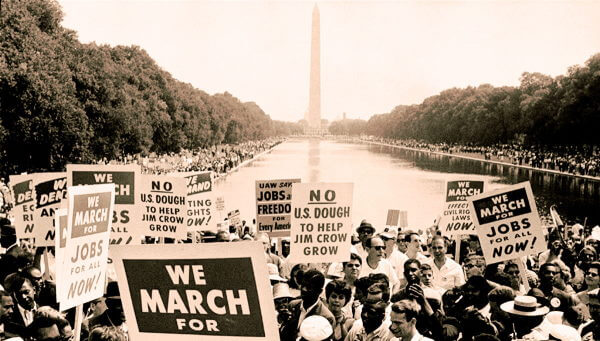
Bloody Sunday
On March 7, 1965, the civil rights movement in Alabama took a violent turn. Around 600 peaceful demonstrators participated in the Selma to Montgomery march to (1) protest against the killing of Black civil rights activist Jimmie Lee Jackson by a white police officer and (2)to encourage legislation to enforce the 15th amendment.
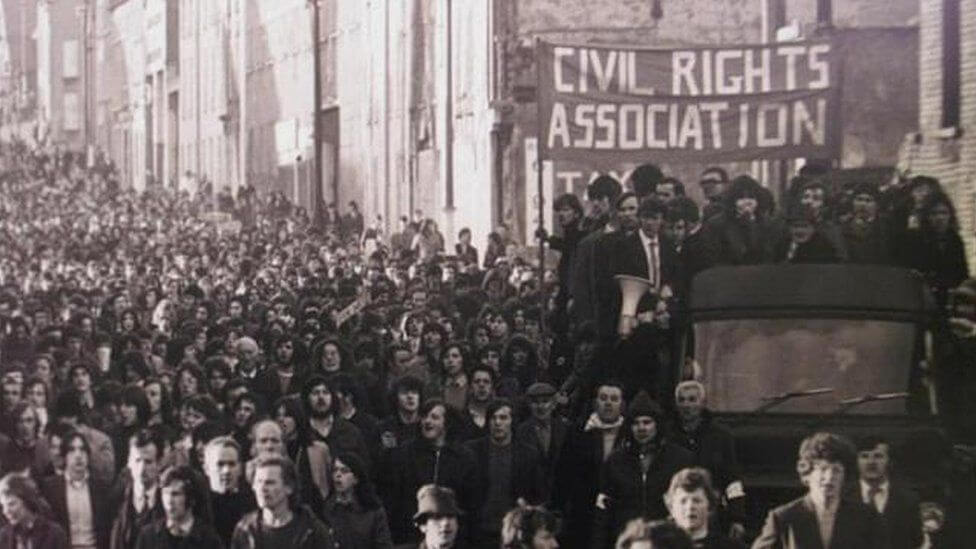
The protesters were blocked by Alabama state and local police sent by Alabama governor, a vocal opponent of desegregation. The protesters refused to back out and moved forward. They were further beaten by police and dozens of protesters were hospitalised.
The incident came to be known as “Bloody Sunday.”
Voting Rights Act – 1965
President Johnson took the Civil Rights Act of 1964 several steps forward while signing the Voting Rights Act. Provisions were made under the new law that banned all voter literacy texts. It also allowed the attorney general to contest state and local poll taxes. As a result, poll taxes were later declared unconstitutional in 1966.
Civil Rights Leaders Assassinated
The late 1960s was a tragic time in the Civil Rights movement due to the assassination of its pioneer leaders. On February 21, 1965, Organisation of Afro-American Unity founder Malcolm X was assassinated at a rally.
Later on April 4, 1968, civil rights leader and Nobel Peace Prize recipient Martin Luther King, Jr. was assassinated. The event was followed by various riots by emotional and aggressive demonstrators who put even more pressure on the Johnson administration to push through additional civil rights laws.

The Fair Housing Act became law on April 11, 1968, just days after King’s assassination. It prevented housing discrimination based on race, sex, national origin and religion. It was also the last legislation enacted during the civil rights era.
The Civil Rights Movement was a very powerful and revolutionary time for the Black Americans who struggled for centuries for their dignity and identity. The efforts of civil rights activists and countless protesters of all races brought a revolution in legislation and forced them to end segregation, Black voter suppression and discriminatory employment and housing practices.
References
Quiz Time!
- Define the ‘Jim Crow laws’.
- Who was Rosa Parks and how did she become the ‘mother of the modern day civil rights movement’?
- What was the first major civil rights legislation since Reconstruction?
- What was the March of Washington?
- Describe the ‘Bloody Sunday’.
- Fill in the blanks:
a. Jim Crow laws weren’t adopted in the __________ states.
b. The Civil Rights Movement involved many different approaches, including ______________,________ and ___________.
c. Black community leaders formed the Montgomery Improvement Association (MIA) which was led by __________________.
d. The procession by the ______________- led to a boycott of the Montgomery bus system.
e. The Civil Rights Act of 1957 was signed by ________________ on September 9, 1957.
f. Civil rights leader and Nobel Peace Prize recipient Martin Luther King, Jr. was assassinated on ______________.
g. King’s “______________” speech during the March of ____________quickly became a slogan for equality and freedom.


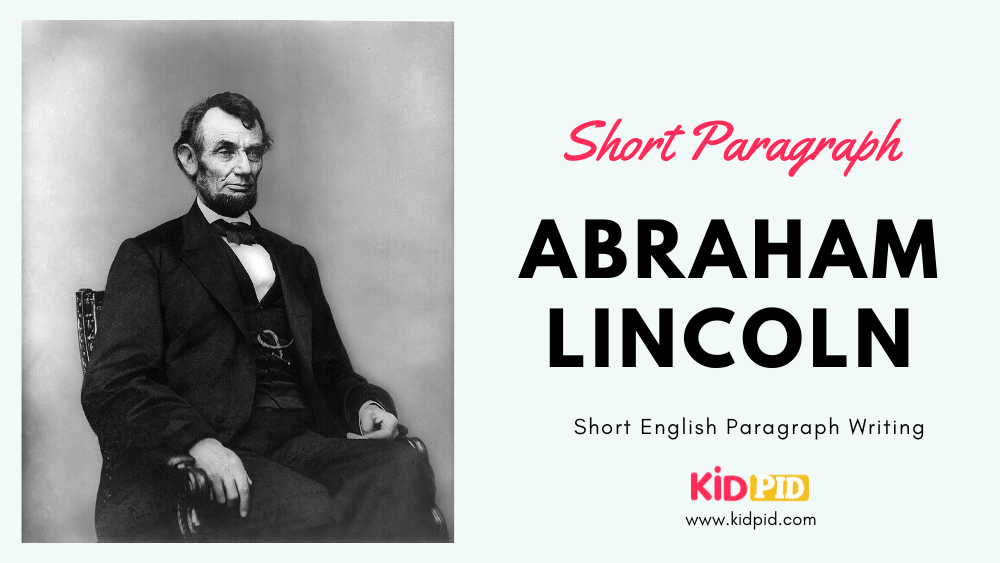

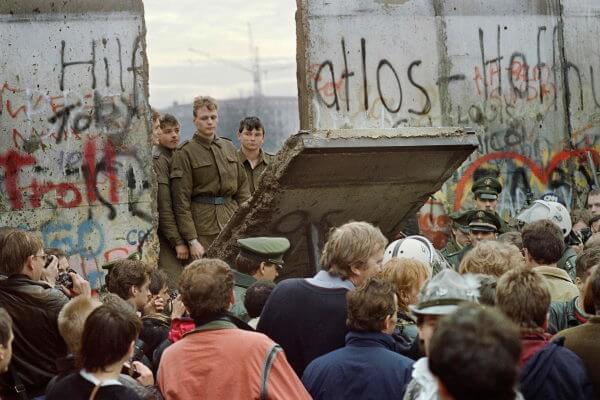

Responses